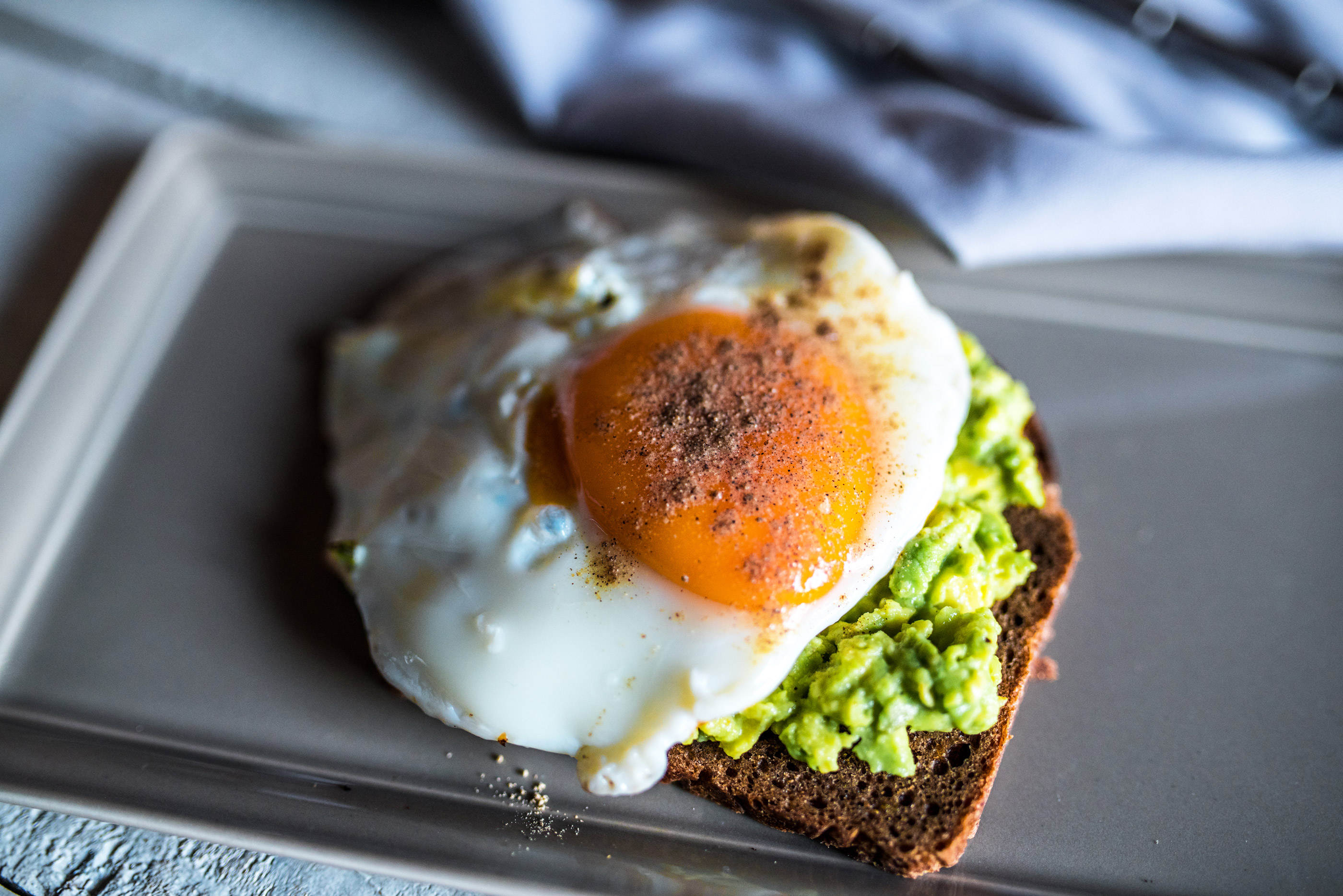“That’s way too much protein, I can’t reach that.”
It’s one of the most common phrases I hear as a nutrition coach. In fact, I hear it so often because protein intake is one of the first things I instruct my clients to adjust, modify, or change when they begin a program or challenge with me. It’s such an easy lever to push for body composition and fat loss results, but the excuses always seem to roll in.
However, I’ll be the first to admit: hitting your protein goal can be difficult. I get it.

Protein is an essential macronutrient that is critical for maintaining and improving your overall health and fitness. Whether you’re trying to build muscle, lose weight, or just maintain your current weight, getting enough protein in your diet is crucial. Unfortunately, many people struggle to hit their daily protein intake goals, despite their best efforts, or even their misdirected efforts.
If you find yourself in this situation, don’t worry – there are several things you can do to make hitting your protein goal easier.
But first, it’s important to consider why it can be difficult for us. That might be part of the problem! Let’s start with the biggest problem I see with my clients:
- Inadequate calorie intake. This is a big one. If you’re on a fad diet, or you’re not eating enough because you think half-starving yourself will help your metabolism and fat loss efforts, well, you’re likely not able to ever meet your protein goal.
- Unfamiliarity with portion sizes. Next time you stick your spoon in the peanut butter jar for some of that peanut-goodness, try getting out a measuring spoon and see how well you did. If you’re like most people, your assumed 1 tablespoon portion is more likely a few of them. Unless you’ve measured your food for a long period of time, you’re likely making huge mistakes in your portion sizing efforts. If you insist on only trying to portion size your meals, grab a refresher on how to measure food with your hands.
- Lack of protein-rich food options. Take a look inside your cabinets, refrigerator, and freezer. Are they mostly carbohydrates? Starches? Quick processed options? Maybe you eat out every night, so there’s nothing in there at all. If you don’t give yourself a fighting chance at the grocery store and buy protein-rich items, you won’t have them as an option when meal time comes around.

- Inconsistent eating patterns. Skipping meals or having irregular eating patterns can make it difficult to reach your protein goal. This goes hand-in-hand with the inadequate calorie intake.
- Not knowing the macros of your foods. Some foods may appear protein-rich, but they may also be high in calories or unhealthy fats. The HUGE advantage of knowing your macros and tracking your food is that it gives you such an open view into what your foods consist of. This goes back to my peanut butter example. Sure, it’s got some protein in it, but it’s also chock-full of fats. It’s not as good of a protein option because of that.
If one of those reason are why it’s difficult for you to hit your protein goal, don’t worry. We’ll fix that up.
5 Proven Strategies to Reach Your Protein Target
- First, start with a high-protein breakfast
One of the simplest ways to increase your protein intake is to start your day with a high-protein breakfast. Give yourself a fighting chance by putting a protein option in all three meals to give you time to hit your goal.
Try incorporating eggs, yogurt, or a protein shake into your morning routine. These protein pancakes or avocado toast with sunny side up do the trick as well! These foods are high in protein and will give you a great start to the day, setting you up for success and enabling you to get closer in reaching that goal. If you leave it all for lunch and dinner to take care of, you’re going to put yourself at a disadvantage.

- Add protein-rich snacks to your diet
Snacking can be a great way to increase your protein intake throughout the day. Look for high-protein snacks such as nuts, seeds, cheese, or jerky. These options are easy to pack and carry with you, making them perfect for when you’re busy at work or even traveling. Not only that, but most gas stations and convenience stores carry boiled eggs, jerky, cans of tuna, nuts, and all manner of higher-protein options if you need it in a pinch. Try the perfect pre-workout snack for a boost, too! - Use protein powder to boost your intake
If you struggle to get enough protein from whole foods, consider using protein powder as a supplement. This can be added to smoothies, shakes, or baked goods to boost your protein intake. You can put the powder in sweet potato pancakes or the banana berry protein smoothie. Just be sure to choose a high-quality protein powder that is low in sugar and artificial ingredients. - Plan your meals and snacks ahead of time
Planning your meals and snacks ahead of time is a great way to make sure you’re getting enough protein in your diet. Make a grocery list of high-protein foods and include them in your meal plan for the week. This will help you stay on track and make hitting your protein goal easier.

- Try new high-protein recipes
Incorporating new high-protein recipes into your diet is a great way to add variety to your meals and increase your protein intake. Experiment with new recipes that use protein-rich ingredients such as chicken, fish, tofu, or legumes. Try a spaghetti squash with turkey meatballs. Expand your horizons! This will not only help you hit your protein goal, but it will also keep your meals exciting and enjoyable.
Hitting your daily protein goal can be a challenge, but it’s not impossible. By starting with a high-protein breakfast, adding protein-rich snacks, using protein powder, planning your meals and snacks, and trying new high-protein recipes, you can increase your protein intake and reach your goals.
Remember to be patient and persistent, and you’ll soon find that hitting your protein goal is easier than you thought. And stick around, I’m about to release my Ultimate Macro Tracker with a built in protein helper. Stay tuned!
Cheers,
Coach Beau

